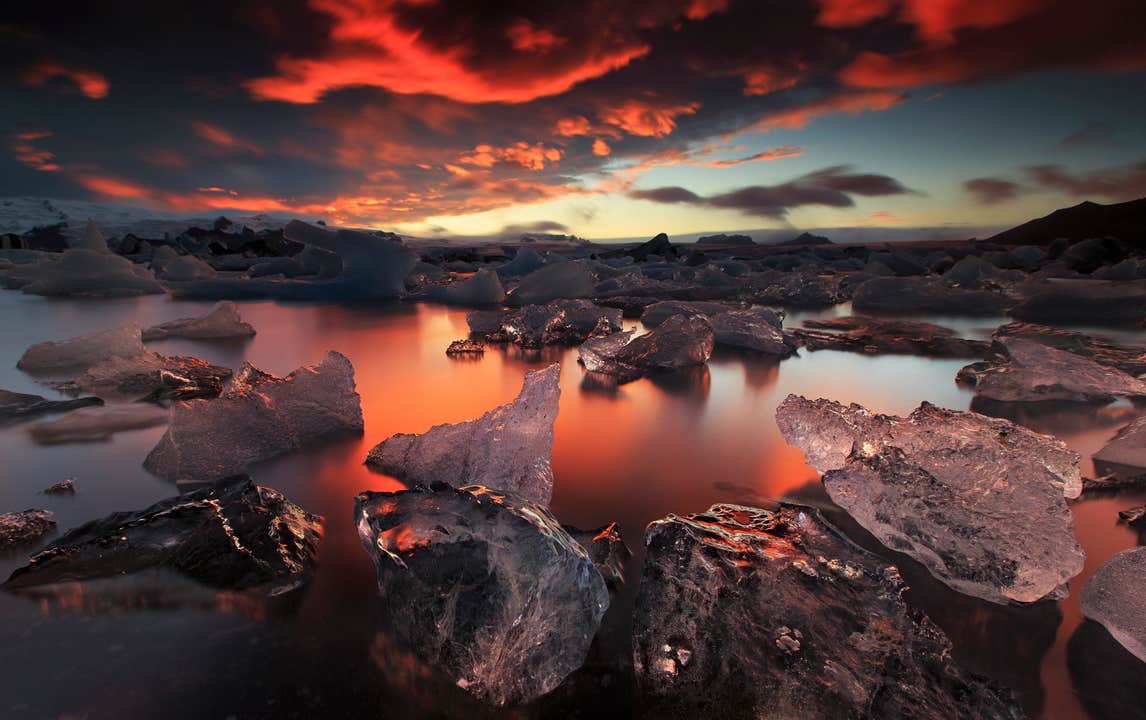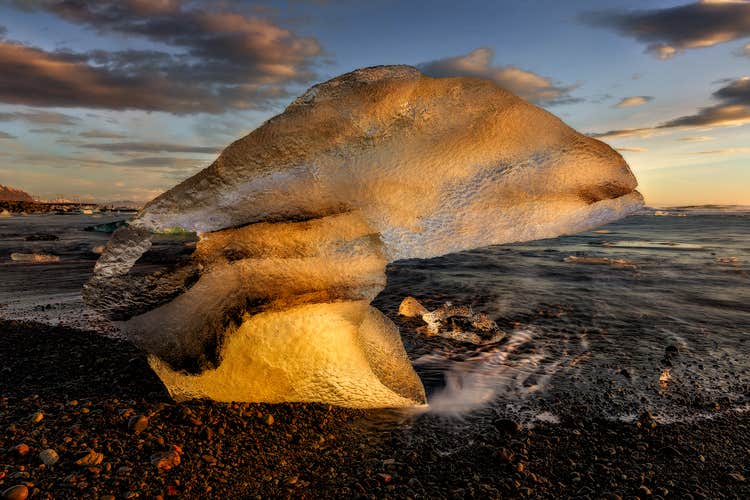Description
Summary
Description
Come along on a visually stimulating journey around Iceland with this 8-day nature photography workshop. Expose your camera to Iceland’s most breathtaking sights during amber nights of the midnight sun. This workshop is suitable for amateurs and professionals alike and promises to develop your landscape photography skills by leaps and bounds.
The unique character of the midnight sun in Iceland stretches what is usually a golden hour to many hours of the photo-friendly glow of summer. Under the supervision of two award-winning photographers, you will travel in comfort across the island to hone your skills and make the very best of the unique light and wondrous sights.
There will be no lack of inspiration as you travel east along the South Coast, exploring Vatnajokull National Park and ending with the Golden Circle. Subjects include the sublime Jokulsarlon Glacier Lagoon and the Diamond Beach, an array of spellbinding waterfalls, black sand deserts, geysers and much more.
Book now and explore Iceland in summer under the midnight sun. Check availability now by choosing a date.





















